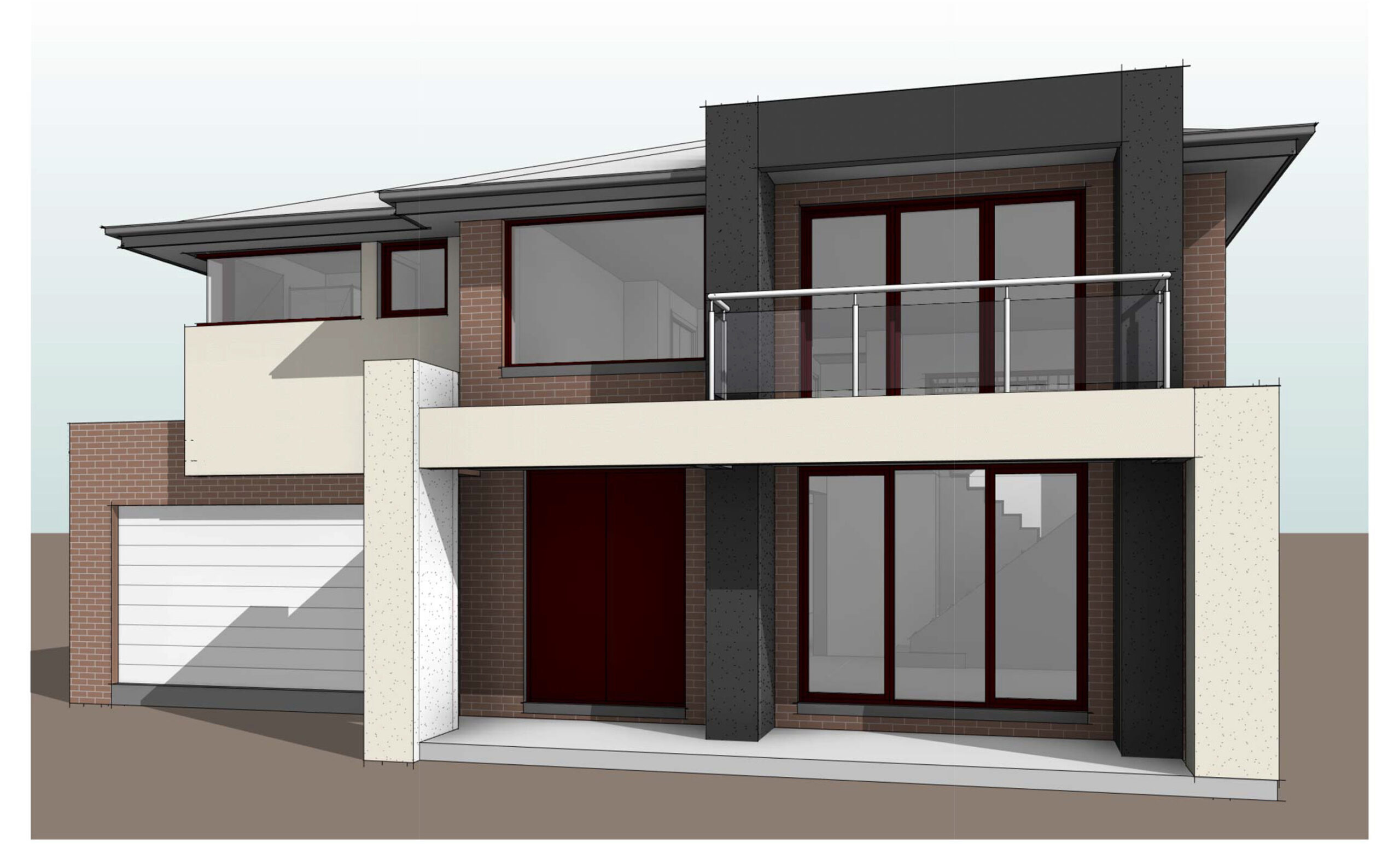Tips for furniture modeling – 3D Furniture Modeling
Posted on : Jan 30, 2023
Start with basic shapes: Begin by creating simple shapes, such as cubes and cylinders, and gradually build up your model as you add more details.
Pay attention to measurements: Accurate measurements are key to successful furniture modelling. Make sure to measure your furniture pieces and create a detailed plan before you start modelling.
Use reference images: Use reference images, such as photos or sketches, to guide your modelling process. This can help you achieve a more realistic representation of your furniture design.
Consider ergonomics: When modelling furniture, it’s important to keep ergonomics in mind. Make sure that the furniture you model is functional, comfortable, and safe to use.
Experiment with materials: Experiment with different materials to see how they impact the appearance and functionality of your furniture design.
Test your model: Before finalizing your model, it’s a good idea to test it in a virtual environment to make sure that it works as you intended.
Keep it simple: While furniture modelling can be complex, it’s important to keep your design as simple as possible. Simple designs are often more effective and easier to manufacture.
Refine your model: Once you have completed your initial model, take the time to refine it and make any necessary adjustments. Iterating on your design will help you arrive at the best possible solution.
Use proper lighting: Proper lighting can greatly impact the appearance of your furniture model. Experiment with different lighting scenarios to see what works best.
Take advantage of symmetry: Symmetry can simplify the modelling process and result in a more elegant design. Consider using symmetrical shapes and patterns in your furniture design.
Think about the manufacturing process: When modelling furniture, it’s important to keep the manufacturing process in mind. Make sure that your design is feasible and cost-effective to produce.
Use the right software: Choose a 3D modelling software that is well-suited to your needs and has the tools you need to create your desired furniture design.
Collaborate with others: Collaborating with other designers, engineers, or manufacturers can bring new ideas and perspectives to your furniture design and help you arrive at the best possible solution.
Keep learning: Stay up-to-date with the latest trends and advancements in furniture modelling by attending workshops, reading industry blogs, and following industry experts.




